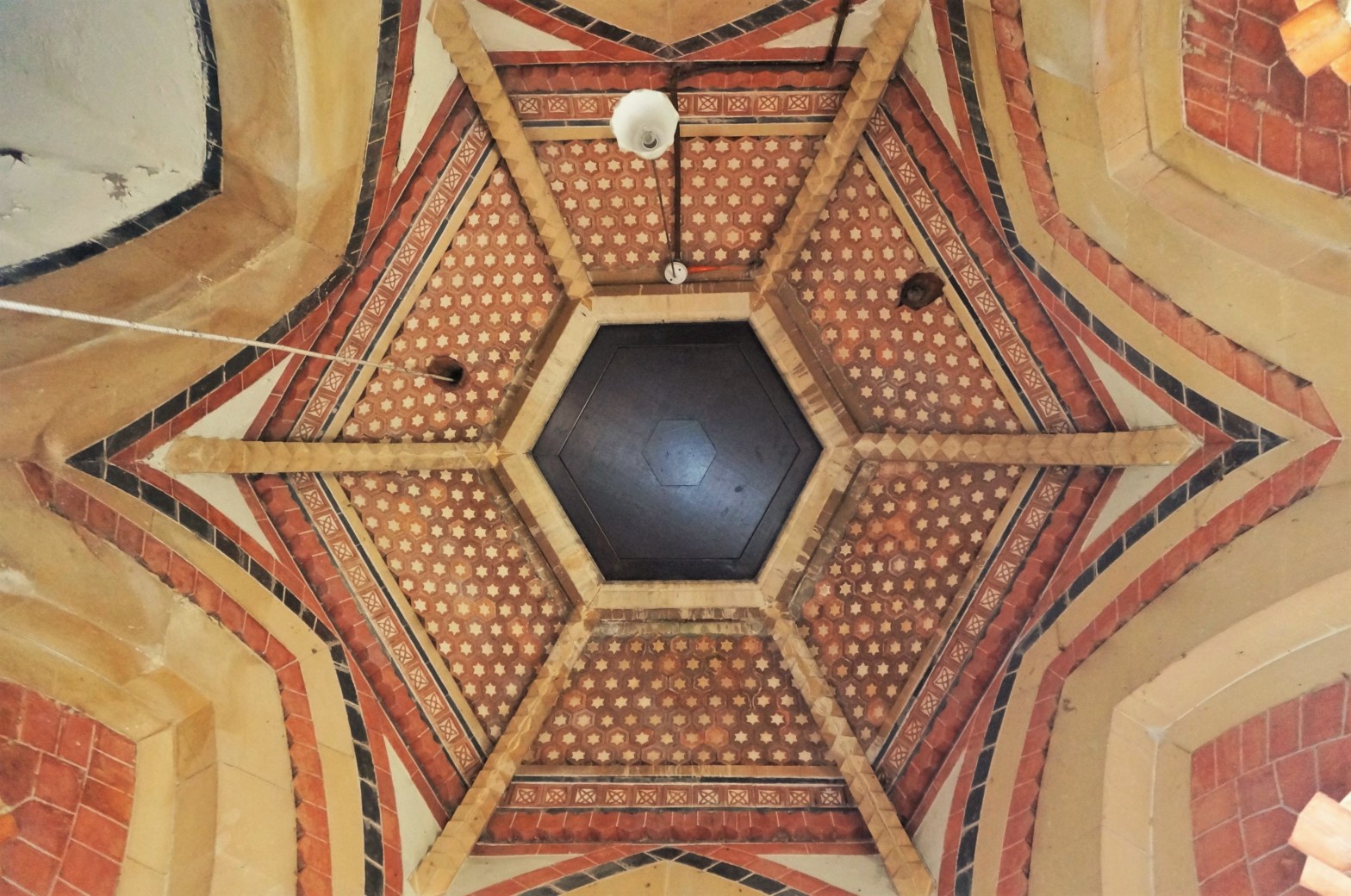Harry Stuart Goodhart-Rendel (1887-1959) is someone who has loomed very large in this blog. I’m aware that I’ve quoted him extensively without fully explaining who he was and why he matters so much to any student of Victorian architecture. It is now time to bring him centre-stage, even if that means straying outside the chronologicalContinue reading “H.S. Goodhart-Rendel and the 20th century Victorians”
Tag Archives: East Sussex
Introducing C.H. Driver (1832-1900), Architect to the Steam Age
It is a measure of the prominence which civil engineering assumed in the 19th century that members of the profession achieved the status of household names. Indeed, they not merely achieved, but also retained it – witness, for instance, Isambard Kingdom Brunel polling second place in the 100 Greatest Britons television series of 2002, nearlyContinue reading “Introducing C.H. Driver (1832-1900), Architect to the Steam Age”
Architect of a lost London: Thomas Edward Knightley (1823-1905)
To a greater or lesser degree, lasting success in any profession comes down to luck and architecture is no exception. Success has to be measured not only in terms of what an architect gets to build in his or her lifetime, but also of the subsequent fate of these achievements. Many posthumous reputations which deservedContinue reading “Architect of a lost London: Thomas Edward Knightley (1823-1905)”
John Croft: the most mysterious rogue of all?
If one were to single out a figure who embodies all the tantalising yet exasperating complexities and lacunae of the byways of 19th century architecture, it might well be John Croft. Two works have come down to us which demonstrate an impressively fertile architectural imagination. Even by the standards of the 1860s – the high-waterContinue reading “John Croft: the most mysterious rogue of all?”



